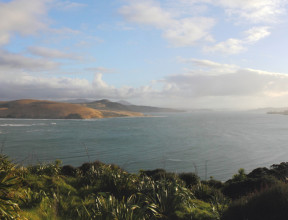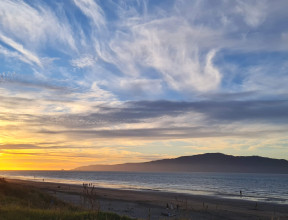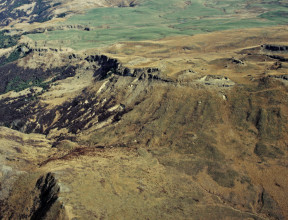
Biodiversity and Ecosystems
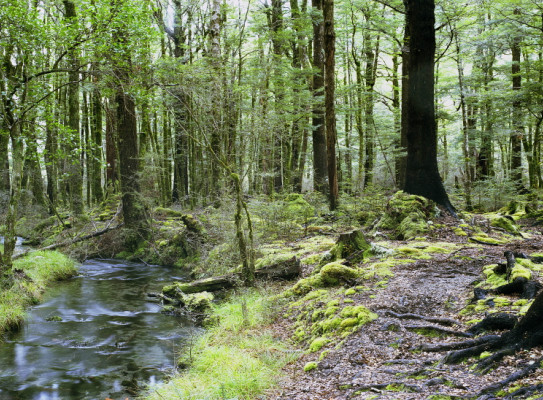
Biodiversity is a measure of the complexity of the biological life within an ecosystem.
We look back at geological records covering many millions of years of Earth’s history, with a focus on Aotearoa New Zealand and its surrounding oceans, to discover and interpret evolutionary trends and climate impacts on species.
The wonder and complexity of biological life
There is an enormous variety of life on Earth. On land, organisms range in size from microscopic plants to 100 m tall trees, and in the sea tiny bacteria float alongside the world’s largest mammal, the blue whale. Meanwhile, the non-organic components of ecosystems such as weather, nutrients and energy all interact with living creatures in a way that affects their abundance and distribution through space and time.
Biodiversity is a measure of the complexity of the biological life within an ecosystem, and it is usually measured by the observed number and abundance of species. In general, high levels of biodiversity are indicative of a healthier and/or more resilient ecosystem.
The concept of biodiversity and, in more detail, the understanding of the factors controlling the distribution and abundance of species, is of fundamental importance both in terms of conservation and restoration of a given ecosystem to a pristine, undisturbed or highly functional status and in terms of its economic, social and cultural significance and utilisation.
A deep dive into the past
At GNS Science, we are interested in both the evolution and climate impact aspects of biodiversity and ecosystem studies.
We look back at geological records covering many millions of years of Earth’s history, with a focus on Aotearoa New Zealand and the ocean surrounding it, to discover and interpret evolutionary trends in species, why and when some of them become extinct or suddenly experience large increases in abundance (blooms), what happens after a major mass extinction, and how single species change through time and adapt to changes in environmental and climate conditions. We are also just starting to use newly developed techniques, such as automated capture of microfossil images and their recognition and classification by sophisticated Artificial Intelligence methods (Neural Networks), to expand the range of data collection and interpretation that is available to us to address these scientific topics.
Climate impact
We also recently started using abstract representations of ecosystems, such as 3D modelling, to improve our understanding of how the oceanic food web and, more broadly, the oceanic environment might be affected by both past climates and future climate change. This “climate impact” topic is also supported by our expertise in the reconstruction of past conditions in the ocean and in terrestrial environments, by using both established methods (changes in microfossil species and their abundance) and newly developed ones (organic geochemistry proxies, such as alkenones, GDCTs, n-alkanes, etc.).
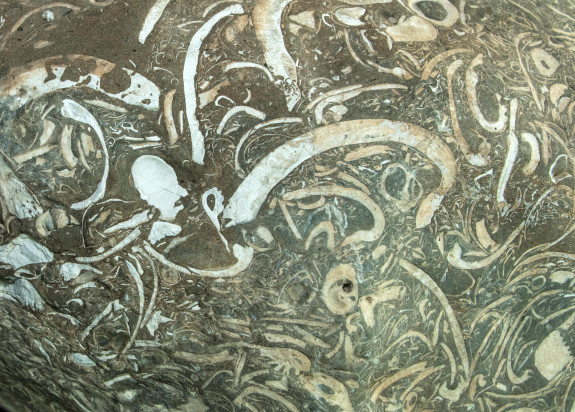
Our collections
Our collections form an integral part of our research. For example, the National Paleontological Collection (NPC) includes a large number of type and figured specimens and comprehensive stratigraphic and geological collections of fossil taxa from New Zealand and its surrounding area (including Antarctica). It also includes extensive molluscan, foraminiferal and palynological systematic reference collections, important historical collections, foreign reference material and modern specimens for comparison.
